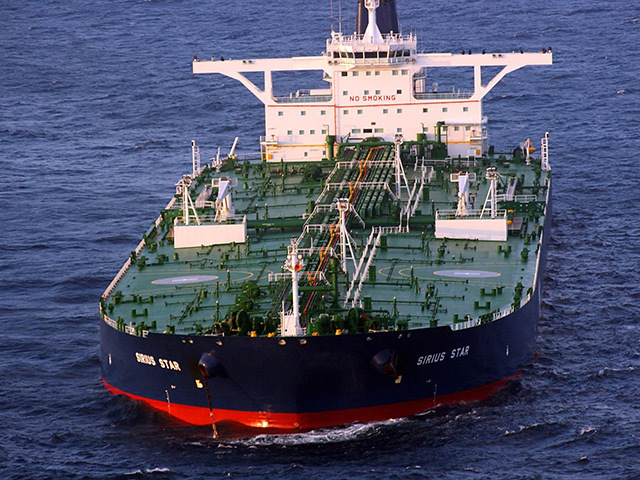
Crude oil advanced as Iran and Iraq met to discuss backing a proposal by Saudi Arabia and Russia that would freeze production at near-record levels amid a global glut.
Futures in New York gained as much as 4.4 percent, reversing an earlier loss. Iran’s Oil Minister Bijan Namdar Zanganeh met with counterparts from Iraq, the second-biggest OPEC producer, Qatar and Venezuela on Wednesday following the output agreement in Doha Tuesday. The preliminary deal to fix production at January levels is the “beginning of a process” that may require “other steps to stabilize and improve the market,” said Saudi Oil Minister Ali Al-Naimi.
Oil has dropped more than 25 percent since the Organization of Petroleum Exporting Countries effectively abandoned output targets at a meeting in early December. Iran, the second-biggest OPEC producer before sanctions were intensified in 2012, is seeking to boost output by 1 million barrels a day and regain market share after restrictions were lifted. The nation has loaded its first cargo to Europe, while Chinese and Spanish companies have also booked shipments.
“This is the third time in the past month that we’ve moved on speculation that something will change on the production front,” said Gene McGillian, a senior analyst at Tradition Energy in Stamford, Connecticut. “When you aren’t talking about removing barrels from the market it’s hard to see how any deal would support prices.”
West Texas Intermediate oil for March delivery rose $1.04, or 3.6 percent, to $30.08 a barrel at 9:15 a.m. on the New York Mercantile Exchange. Prices sunk to a 12-year low this month, extending a 30 percent drop last year. Total volume traded was 36 percent above the 100-day average.
Brent for April settlement rose $1.27, or 4 percent, to $33.45 a barrel on the London-based ICE Futures Europe exchange. The European benchmark was at a $1.29 premium WTI for April delivery.
Even if producers reach agreement, the deal would have little impact on production and would “leave the global surplus in place” in the first half of 2016, Goldman Sachs Group Inc. analysts Damien Courvalin and Jeff Currie said in a report. Iran’s determination to expand output suggests its participation is unlikely, they said.
Iran will “not forgo its share of the market,” Zanganeh said Tuesday, according to the country’s news agency Shana. The nation pumped 2.86 million barrels a day in January, making it the fifth-biggest producer in OPEC, according to data compiled by Bloomberg. Iraq is ready to join Saudi Arabia in freezing or cutting output if others commit to the accord, said an official who asked not to be identified because oil policy is private.
“It’s very unlikely that we’ll see Iran join in for a freeze,” Miswin Mahesh, an analyst at Barclays Plc in London, said in an interview with Bloomberg Television. The deal has “turned out to be the oil market equivalent of someone calling for a ceasefire when they’re running out of ammo. These four producers are producing close to their peak.”
Venezuela, which along with Qatar also agreed to join the freeze, has lobbied exporters including Russia, Iran and Saudi Arabia to cooperate to balance supply and demand and revive prices. The Doha accord is conditional on other nations agreeing to participate, Russia’s Energy Ministry said in a statement.
Kuwait will join the accord and freeze production if major OPEC and non-OPEC producers agree to it, Anas Al-Saleh, the nation’s finance minister and acting oil minister, said Tuesday in an e-mailed statement. The United Arab Emirates is open to cooperation with all producers to stabilize the oil market, Oil Minister Suhail Al Mazrouei said Wednesday on Twitter.
Saudi Arabia pumped 10.2 million barrels a day of crude in January, according to data compiled by Bloomberg. Russian output of crude and a light oil called condensate climbed 1.5 percent last month from a year earlier to 10.9 million barrels a day, a post-Soviet high, according to a unit of the country’s Energy Ministry.
Recommended for you
